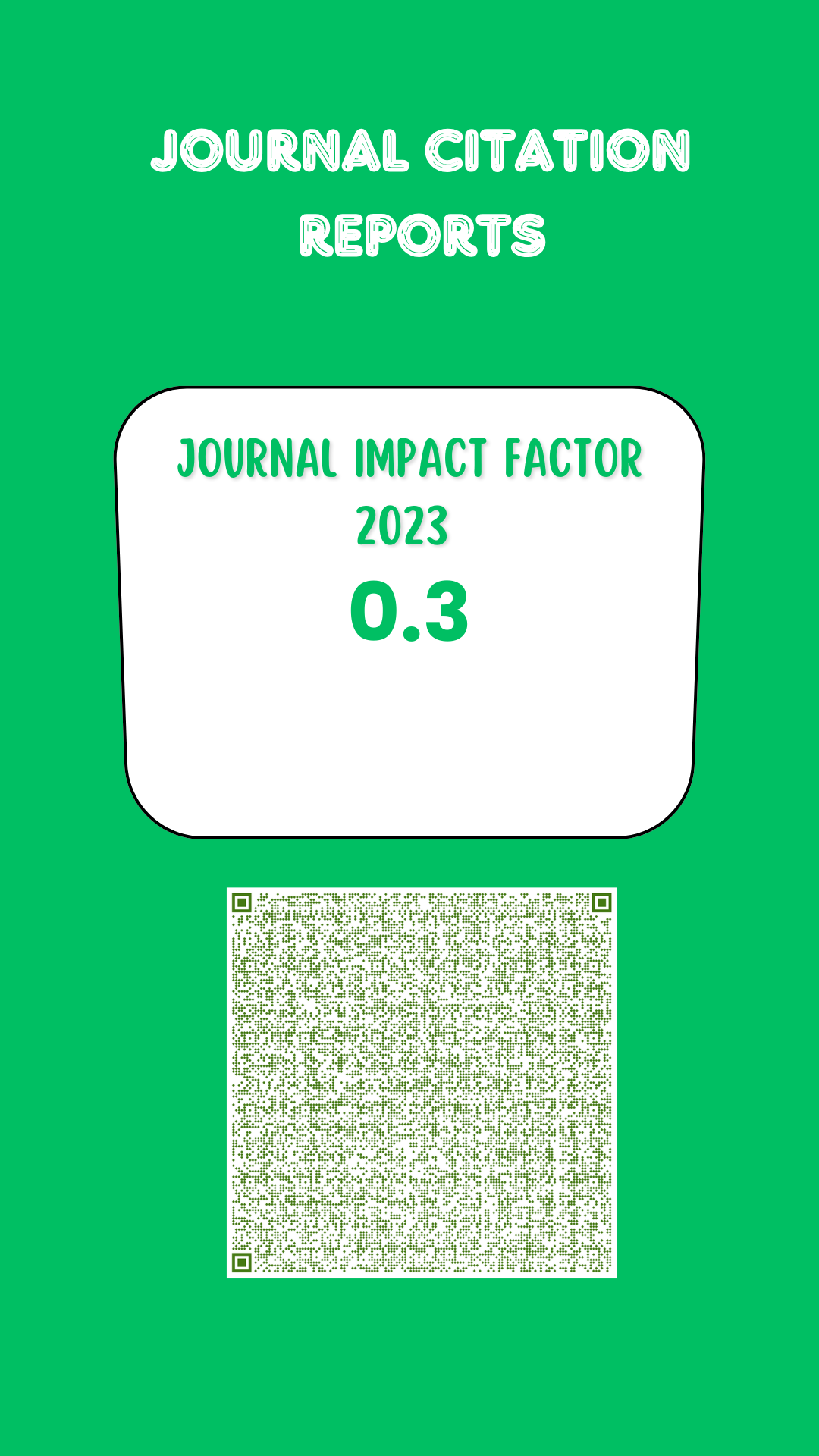Chemical composition and ruminal digestion of corn silage with Morus alba L. foliage
DOI:
https://doi.org/10.19136/era.a7n1.2228Keywords:
Mulberry, association crops, silage, digestion parameters, ammoniacal nitrogen, lag time,Abstract
Chemical composition and ruminal digestion parameters were mea- sured in the silage of the whole corn plant (Zea mays L.) mixed with mulberry foliage (Morus alba L.) in ratio of 100:0, 80:20, 60:40, 40:60, 20:80 and 00:100% of fresh forage weight, respectively. The 40:60 ratio of corn: mulberry increased crude protein content (CP = 14.28%) and decreased hemicellulose (12.15%), neutral (NDF = 28.00%) and acidic (ADF = 15.85%) detergent fiber, compared to 100: 0% ratio, respectively, which led to a 21.3% increase in in vitro dry matter digestibility (IVDMD). Also ammoniacal nitrogen 7.40% (NH3-N/total N) was higher in the ratio 40:60%, with pH of 4.19 which is normal for silages, which translates the buffer activity correct of ammonia and its importance for silage fermentation stability. The correlation (r = 0.61, p < 0.001) indicated that at higher CP content, higher is IVDMD and hemicellulose (r = -0.99), ADF (r = -0.98) and NDF (r = -0.98) indicated that these fibrous compounds decreased IVDMD (p < 0.001). The regression showed that the increase in content CP (0.555%, p < 0.01) and IVDMD (0.3391%, p < 0.001) with the decrease of NDF (-0.3526%), ADF (-0.1623%) and hemicellulose (-0.1903%) (p < 0.001) in mixed mini silos, was attributed to mulberry foliage addition. It is concluded that the contribution of dry matter and nitrogen of mulberry, decreased the fiber content and increased digestibility parameters of silage when it is elaborated in ratio of 40:60 corn and mulberry, respectively.
Downloads
Downloads
Published
Issue
Section
License
Aviso de copyright
Los autores que se envían a esta revista aceptan los siguientes términos:
una. Los autores conservan los derechos de autor y garantizan a la revista el derecho a ser la primera publicación del trabajo con una licencia de atribución de Creative Commons que permite a otros compartir el trabajo con un reconocimiento de la autoría del trabajo y la publicación inicial en esta revista.
B. Los autores pueden establecer acuerdos complementarios separados para la distribución no exclusiva de la versión del trabajo publicado en la revista (por ejemplo, en un repositorio institucional o publicarlo en un libro), con un reconocimiento de su publicación inicial en esta revista.
C. Se permite y se anima a los autores a difundir su trabajo electrónicamente (por ejemplo, en repositorios institucionales o en su propio sitio web) antes y durante el proceso de envío, ya que puede conducir a intercambios productivos, así como a una cita más temprana y más extensa del trabajo publicado. (Consulte El efecto del acceso abierto).



